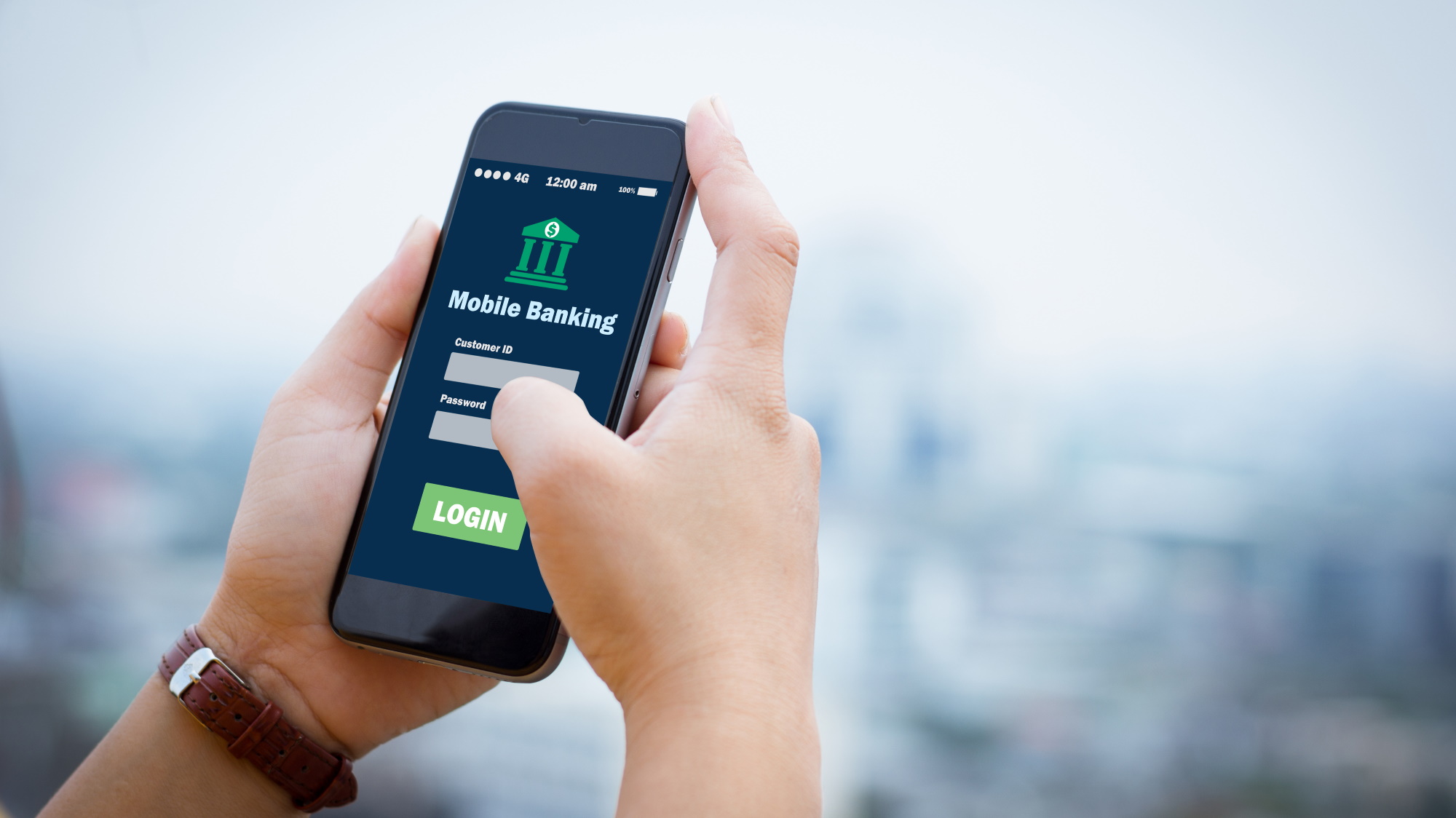How to find the right online bank for you
Tired of your traditional bank’s high fees and poor customer service? Then it might be time to switch to an online bank. Online banking offers a number of advantages over traditional banks, including lower fees, better customer service, and more innovative products. But with so many online banks, how do you find the right one for you?
Here are a few tips on how to find the right online bank for you.
1. Decide what type of account you need
Not all online banks offer the same products. Some banks focus on savings accounts, while others offer a full range of checking and savings accounts, mortgages, and other products.
Decide what types of accounts you need so you can easily sort your options later. For example, if you want to keep your checking, savings, and investment accounts under one roof, that immediately eliminates a number of institutions that don’t offer investment accounts.
2. Make your wish list of must-have features
Next, make a wish list of all the features you want your new online bank to have.
Some features are non-negotiable—like FDIC insurance and low fees. Some less obvious features that you might want to add to your wish list are:
- Industry leading APYs
- Free overdraft protection or cash advance
- Early paydays
- Lots of free ATMs
- ATMs that accept cash deposits
- No foreign transaction fees (for trips abroad)
- Automated savings tools (like debit card round-ups)
- Tools for budgeting, investing or paying off debt
- Multiple types of accounts (so you can manage everything under one roof)
Once you know what’s important to you, it’s easier to find a bank that can meet all of your needs.
3. Start your search

The next step is to create a list of online banks that you think might be a good fit. A good place to start is to google a list of the best online banks. This gives you an overview of the leading competitors and helps you narrow down your options.
Some popular online banks are:
For example, if having everything under one roof is important to you and you already have a Discover credit card or student loan, you might want to open your checking and savings account there as well.
If you’re struggling to get your finances in order and want an online bank that offers free overdraft protection, savings tools, and early paydays, Chime might be a better fit.
Use the features described in steps 1 and 2 to guide your research. This way you get an online bank that suits your needs.
4. Consider customer service
One of the biggest downsides of traditional banks is poor customer service. Online banks often have better customer service, often with 24/7 phone support and chat capabilities.
So, once you’ve narrowed down your list of the best online banks, the next thing to look at is customer service. Because when crap hits the fan and you have an account issue, you want someone there to answer the phone (or answer a chat).
Trustpilot and Reddit are two good places to look for honest feedback.
Want to go the extra mile? Call customer service yourself to see how long they’ve been on hold and how helpful they really are. After all, there’s nothing like first-hand experience to confirm if an online bank is right for you.
5. Check this mobile app

Every online bank will have a mobile app. So the question is, is it good?
To find out, check the app store ratings and read customer reviews for the online bank you are considering. If people are having trouble with the app or if it keeps crashing, that’s a red flag.
Also, look at how often the bank updates their app – you want to make sure it’s regularly rolling out new features and fixing bugs.
6. Dive into the fine print
At this point you are so close to find the right online bank for you! But before you take that final plunge, do one more round of research to really get into the details.
Here’s why: you will hardly find a bank that is truly 100% free. And some may have quirky restrictions that put a damper on your banking experience.
So before you open an account, read the disclosure or fee schedule (this is usually a PDF you can find on the bank’s website). In particular, you should check the following:
- Funeral Fees: Even if it’s just wire transfers and replacement debit cards, there’s a good chance an online bank will charge customers some. It is therefore important to read the fee schedule. Even if their website screams “no fees,” the fee schedule will reveal all the buried fees you need to know about.
- Deposit and withdrawal methods (and limits!): Make a note of all the ways you can deposit and withdraw funds from your account. Also, be aware of any applicable ACH transfer limits. For example, you can transfer up to $10,000 per day with Bank A, while Bank B limits you to $2,500. Depending on your situation, you may need a bank with looser limits.
7. Open an account
Once you’ve decided on an online bank, it’s time to open an account. This usually only takes a few minutes and can be done entirely online. Just go to the bank’s website and click on the button or link that prompts you to open an account. This will take you to the application page.
TIP: Typically, you will need your name, address, social security number, and government-issued photo ID to open a bank account online.
Once your account is set up, take some time to familiarize yourself with the features and how it works. The best way to find out whether an online bank is really right for you is to try it out for yourself.
And if not? Do not worry. You can close your account and switch to another bank at any time. With so many great options out there, you’re sure to find one that’s perfect for you.
bottom line
There are many great online banks so it is important that you do your research to find one that suits you. Be sure to read customer reviews, dig into the details, and test things out for yourself before taking the plunge.